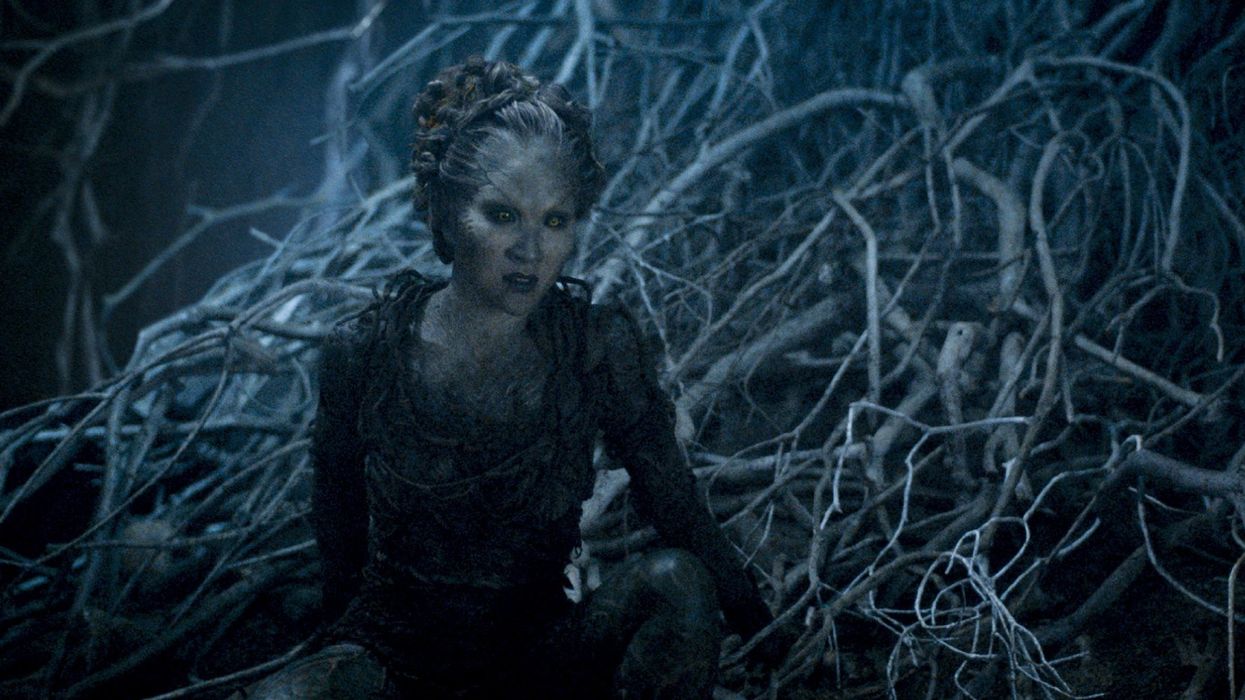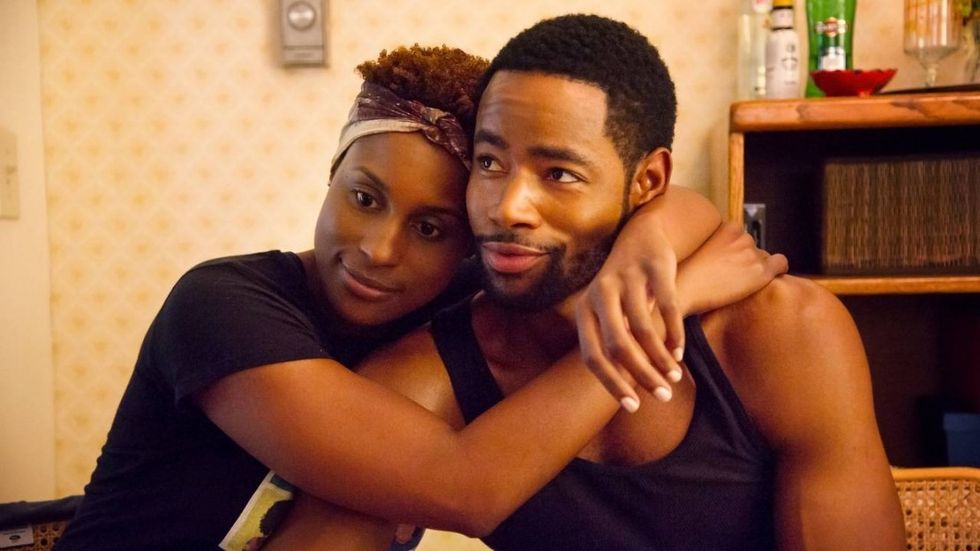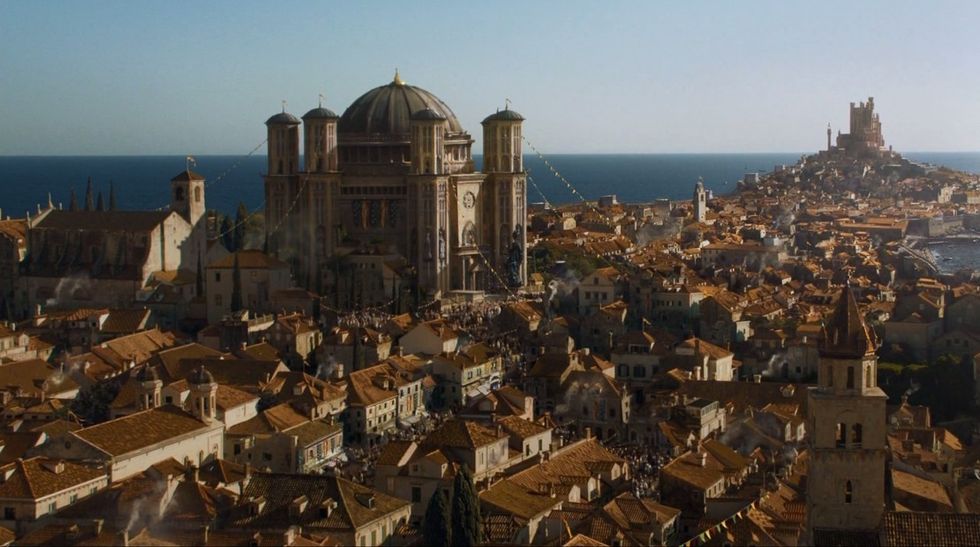3 Cinematography Musts From 'Game of Thrones' DP Anette Haellmigk
Collaboration and cooperation reign in Haellmigk's kingdom.

Game of Thrones DP Anette Haellmigk has spent her life in film and video production. Her cinematography career began in 1980 when an avant-garde German filmmaker named Hellmuth Costard offered Haellmigk a job as a first assistant cameraperson. It was in working with Costard that Haellmigk realized that she had found her calling as a cinematographer. According to her Behind the Lens column for CreativeCow.net, "Cinematography combines the artistic and the technical, which I liked. So I have found my path."
Haellmigk went on to learn as much as she could about cinema cameras and eventually connected with Jost Vacano (DP Das Boot) who mentored her and brought her to the U.S. where their work together continued. When Vacano was asked to DP Robocop and Total Recall, Haellmigk worked alongside him and those opportunities opened doors for her.
Since her early work, Haellmigk has served as director of photography on blockbuster shows including The West Wing, Big Love, and Game of Thrones, where she oversaw the shooting of 10 episodes between 2013 - 2016 earning two Emmy nominations in the process. Recently, she's shot seven episodes of Issa Rae's award-winning HBO show Insecure.
In both her Behind the Lens piece and a recently released video of her "Backstage Conversation" at NAB last year, the themes of collaboration, cooperation, and the importance of relationships come up again and again. Though her official title is "Director of Photography", Anette Haellmigk provides a glimpse into the behind-the-scenes relationships that are so critical to develop and maintain in order to have a smooth production and a healthy creative environment. Here are our top three takeaways about how Haellmigk leveraged cooperation and teamwork in order to foster creativity on set.

1. Create consistency through communication
On today's cinematic television shows, it's not uncommon to have multiple DPs and multiple directors come in as day players to put their unique spin on an episode (or several) throughout the course of a season. As such, it's important for DPs to work together and communicate with each other in order to create consistency through communication.
Haellmigk describes Game of Thrones being especially unique because guest directors would bring in their own DPs and they ended up having something like six DPs work on the show in a single season. "In order to get consistency," she explains, "you communicate with the other DPs about their approach. You have the PIX system where you can watch each other's dailies, and production created so-called 'flip books', which were ' frame grabs' of each scene...Since we shared locations and sets, these books were very helpful for reference." It was a combination of these methods that allowed her and the other DPs to maintain consistency between the shows.
"When you start doing a show that's new to you, you need to be able to fit in."
2. Balance the 'Wolf' and the 'Dragon'
In her Behind the Lens piece, Haellmigk explains that on Game of Thrones, there were two units, "Wolf" and "Dragon" thus named because each unit had to cover so many different geographic locations. Haellmigk herself was going back and forth working on both units so the ability for her to mesh with all the various players and personalities on those units was critical if the production was going to be successful.
Of the obviously challenging situation, Haellmigk says, "When you start doing a show that's new to you, you need to be able to fit in; I started working with all the crew people on one unit, and then the next day I had to move to another unit and start over again. Working with different crews and units...was initially challenging." Fortunately, after she got her footing, "It went fine and I had a really good time."

3. Be Involved with Coloring
For anyone familiar with Game of Thrones, you know how important color is to the narrative. The warm, Mediterranean feeling of King's Landing stands in sharp contrast to the cooler blue hues of the North. While color is crucial to the telling of any visual story, in Game of Thrones, color is a story. Anette Haellmigk felt that as DP she needed work directly with the colorist in order to bring forth the vision that she and the director had.
Haellmigk writes, "It's crucial to me to be involved in the final color because LUTs can be lost or interpreted so many different ways. It's important to make sure the intention of the look is carried through the final color correction, and I think only the DP who has developed a visual approach with the director has the knowledge of what it should look like."
Source: Behind the Lens With Cinematographer Anette Haellmigk











